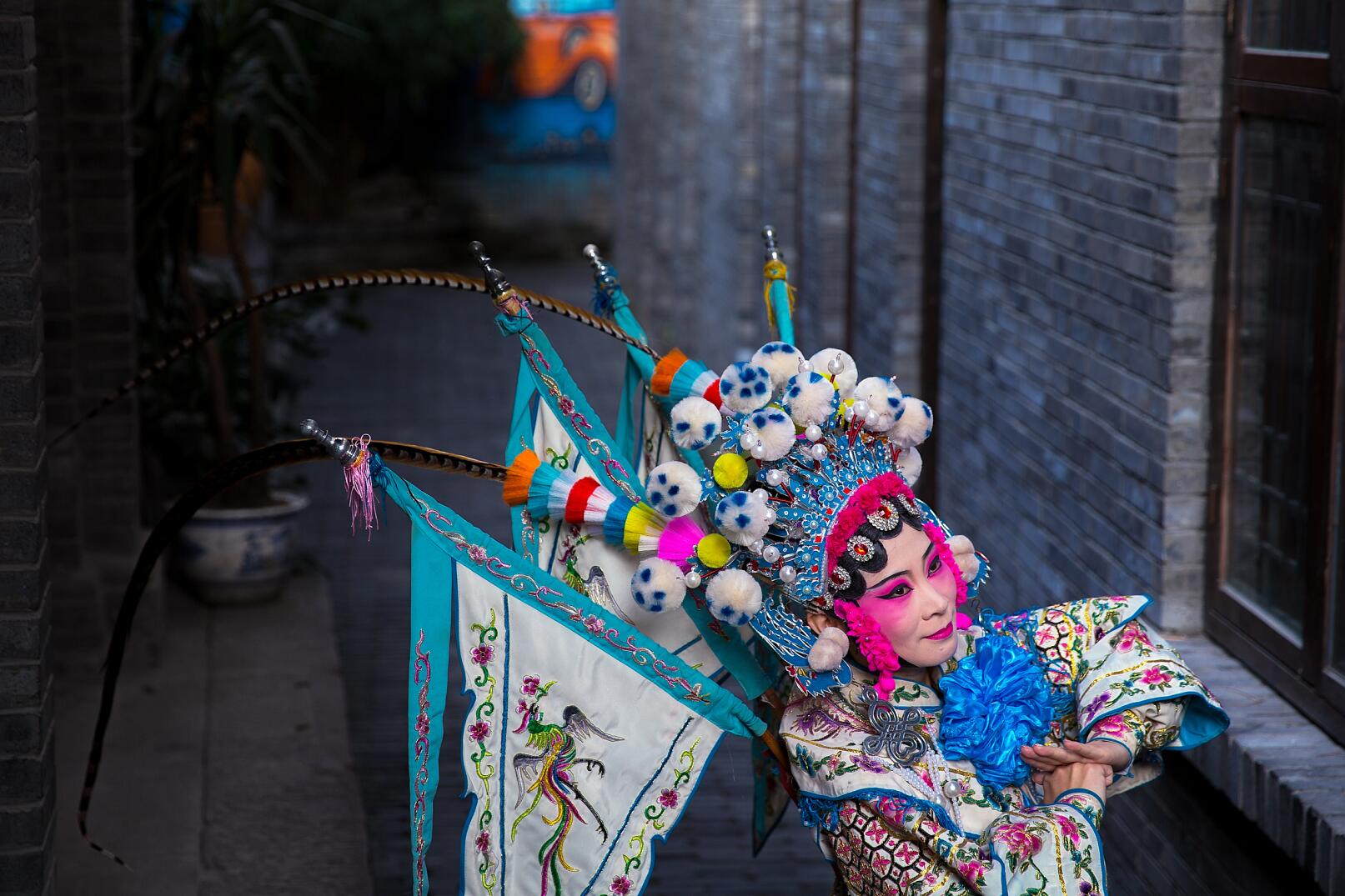
The main features of Chinese Opera are a spectacle of song and dance
which, together with the colorful costumes, make-up, acrobats, jesters,
storytellers, acting, poetry and martial arts combine to present the
Opera in a very attractive way.
The earliest known theatre appeared in the Song Dynasty (A.D. 960 to
1279) with a square stage enclosed by railings. During the period of
first emperor Kublai Khan in the Yuan Dynasty (A.D. 1279 to 1368) the
opera had evolutional changes and the period was classified as the
Golden age of the Classical Opera.
In the 19th Century the Opera was dominated by a form called Peking
Opera featuring colorful costumes, elaborate make up, facial expressions
and was spoken and sung in Mandarin dialect. Other operatic forms also
evolved using the dialects of different areas, such as Shanghai,
Guangzhou, Chiuzhou and Suzhou. The plays come from legendary tales and
some are interpretations of actual historical events such as "The Three
Kingdoms" and the "Outlaws of the Marsh".
The majority of the Operatic Clothing design came from the Ming Dynasty
(A.D. 1368 -1644). The magnificent embroideries, the gorgeous
headdresses, the jeweled girdles for the men, the hair ornaments for the
women, the high court shoes which help to increase the height of the
performers and the different styles of face painting are the most
attractive features people would like to explore.
Face Painting is probably one of the most fascinating arts in connection
with stage costumes as each painted face has a special meaning to
knowledgeable theater-goers.
The hero type characters are normally painted in relatively simple
colors, whereas enemy, bandits, rebels and so on have more complicated
designs on their faces.
Colors to distinguish the Characters:
Redder: Courage, loyalty and straight forwardness
Blacker: Impulsiveness
Bluer: Cruelty
Whiter: Wickedness
White Nose: Joviality
Chinese opera has little in common with Western opera, and the
screeching falsetto of the singers, the loud clacking of the clappers
and the noisy banging of drums and cymbals can sound strange to Western
ears. But it is the costumes, variety of facial expressions, the actors'
eye expressions and martial arts movements that mostly attract Western
audiences.